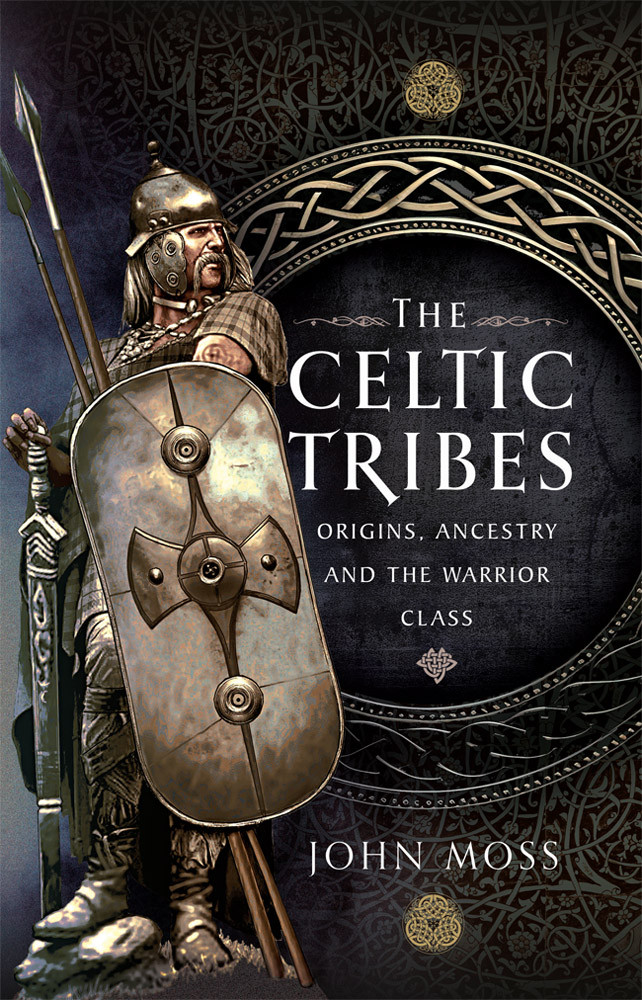

Most ebook files are in PDF format, so you can easily read them using various software such as Foxit Reader or directly on the Google Chrome browser.
Some ebook files are released by publishers in other formats such as .awz, .mobi, .epub, .fb2, etc. You may need to install specific software to read these formats on mobile/PC, such as Calibre.
Please read the tutorial at this link: https://ebookbell.com/faq
We offer FREE conversion to the popular formats you request; however, this may take some time. Therefore, right after payment, please email us, and we will try to provide the service as quickly as possible.
For some exceptional file formats or broken links (if any), please refrain from opening any disputes. Instead, email us first, and we will try to assist within a maximum of 6 hours.
EbookBell Team

5.0
80 reviewsThis book traces their many migrations westward over the following centuries, and their advances into the Atlantic coastal regions, especially into countries like France, Spain, Portugal, Belgium, Britain and Ireland, largely replacing the Neolithic people that formerly occupied these territories. These migrations were rarely peaceful and as a result the Celts were widely regarded as warlike and inherently aggressive.
The book describes the many inter-tribal and territorial confrontations that occurred during the Roman period. It explains the fighting methods, tactics and style of Celtic warfare as well as the warrior leaders like Boudicca, Brennus, Ambiorix and Vercingetorix, and others who emerged to resist Roman incursions. Despite fierce resistance, in the end, little of that great culture survived intact. Many of these tribes were savagely and purposely exterminated as a matter of policy, others were Romanised to become reluctant citizens of the Roman Republic, and only those whose territories lay in the northern and western extremities of the Empire – in the British islands, Ireland and Brittany in North-West France, avoided total subjugation.
Several hundred of these ancient Celtic and other related tribes are included here. Although each had its own distinct identity, they shared a common culture with a widespread and unifying system of religious belief largely held together by Druids. The tribes described in the book include Gauls, Germans, Galatians, Lusitanians, Britons, Picts, Cambrians and Caledonians, among many others.